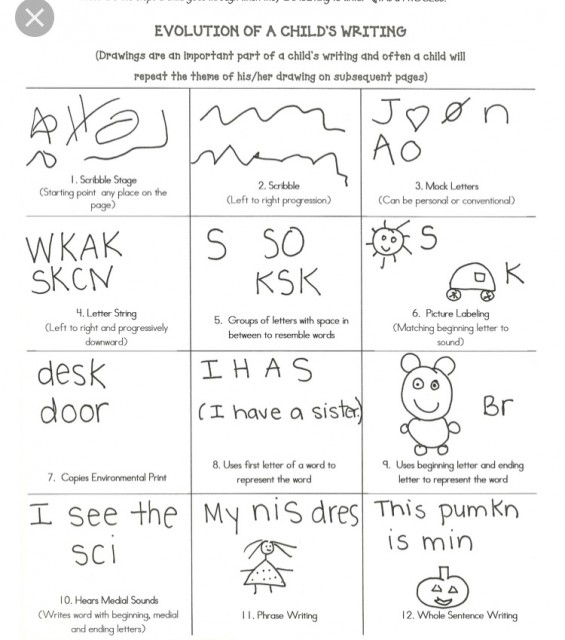The Write Stuff
The Write Stuff
You know it’s going to be a day when first thing in the morning a child says ” Ms Debbie this necklace is as long as my vagina .” 😳😳😳😳

Did you spew your tea ?
I just matter of factly answered ” really ? Let’s build a snowman with the Playdoh .”
Carrying on —
Long before a child learns to form letters with a pencil or marker, she has taken many steps toward learning to write. Children must have many opportunities to use their hands to do various things before they can successfully print letters .
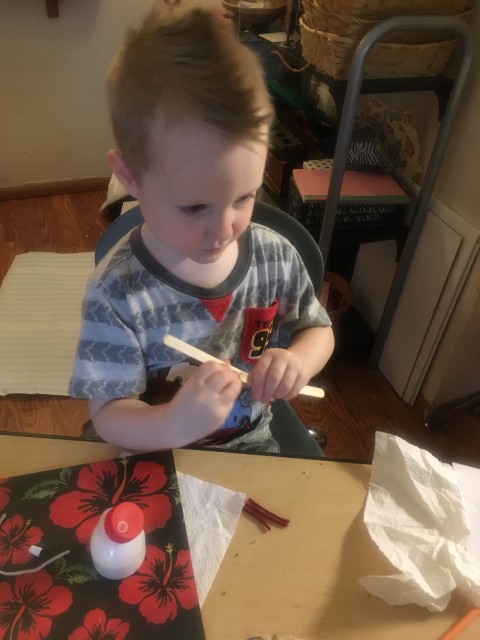
Molding with clay, using large and small Legos, picking up beads and playing with knobbed puzzles all prepare the fingers and hands for writing. Scribbling with markers and crayons, controlling a pencil for use with a stencil, using chalk on the sidewalk, and painting with fingers and large brushes are a few of the ways children practice for later writing.
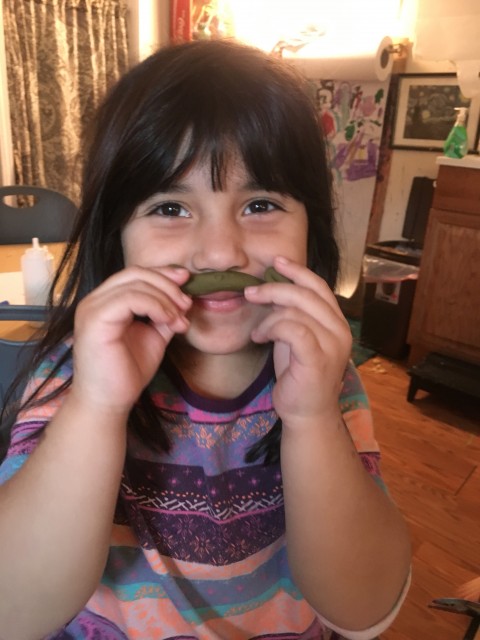
We stock our room with plenty of paper, pencils, markers, and crayons, and we make sure that those materials are available for children to use whenever they choose. Children may want to write notes to their friends or messages to their teachers or parents. They use writing materials in their dramatic play – making signs for store, tickets for a show, menus for a restaurant, and so on.
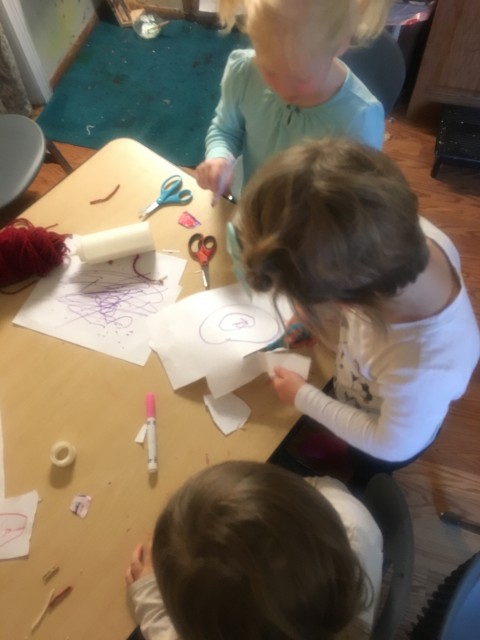
As children experiment, developmental stages of writing become evident. Children move from random scrambling to controlled scribbles , to random alphabet letters, to consonants that represent words. Only with lots of opportunities to practice can children move through the stages.
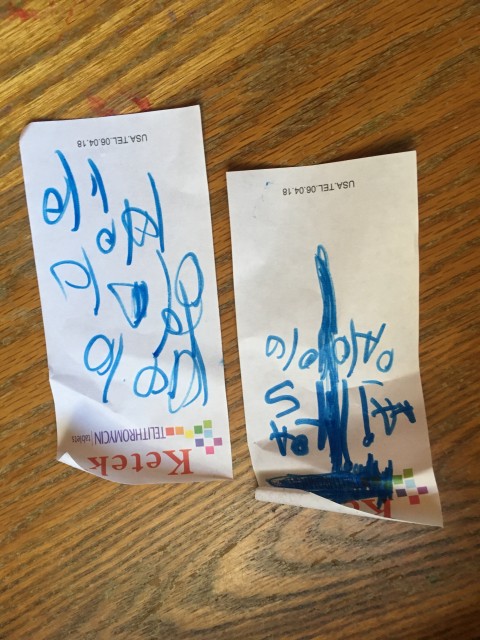
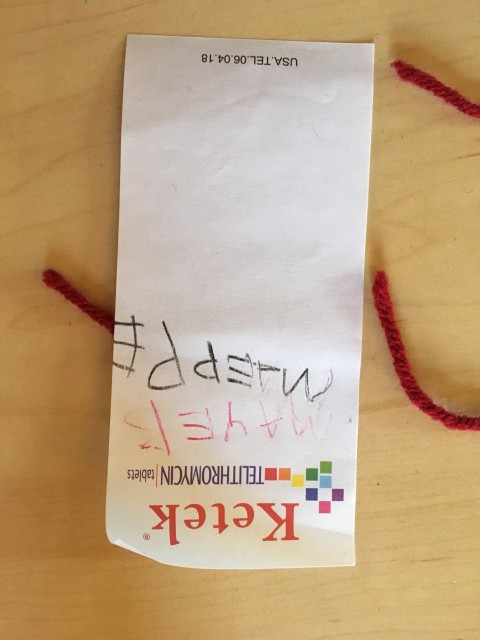
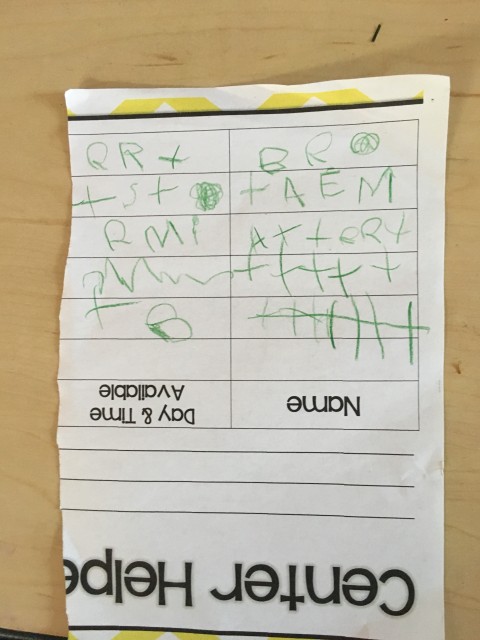
If your child does not have a proper pencil grip, can I purposefully manipulate a crayon, or simply shows no interest in learning to write, he or she probably is not ready to do so. Take care not to push. Children enjoy learning a new skill only when they are ready for it. Getting ready is just as important as mastering the skill.
